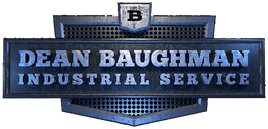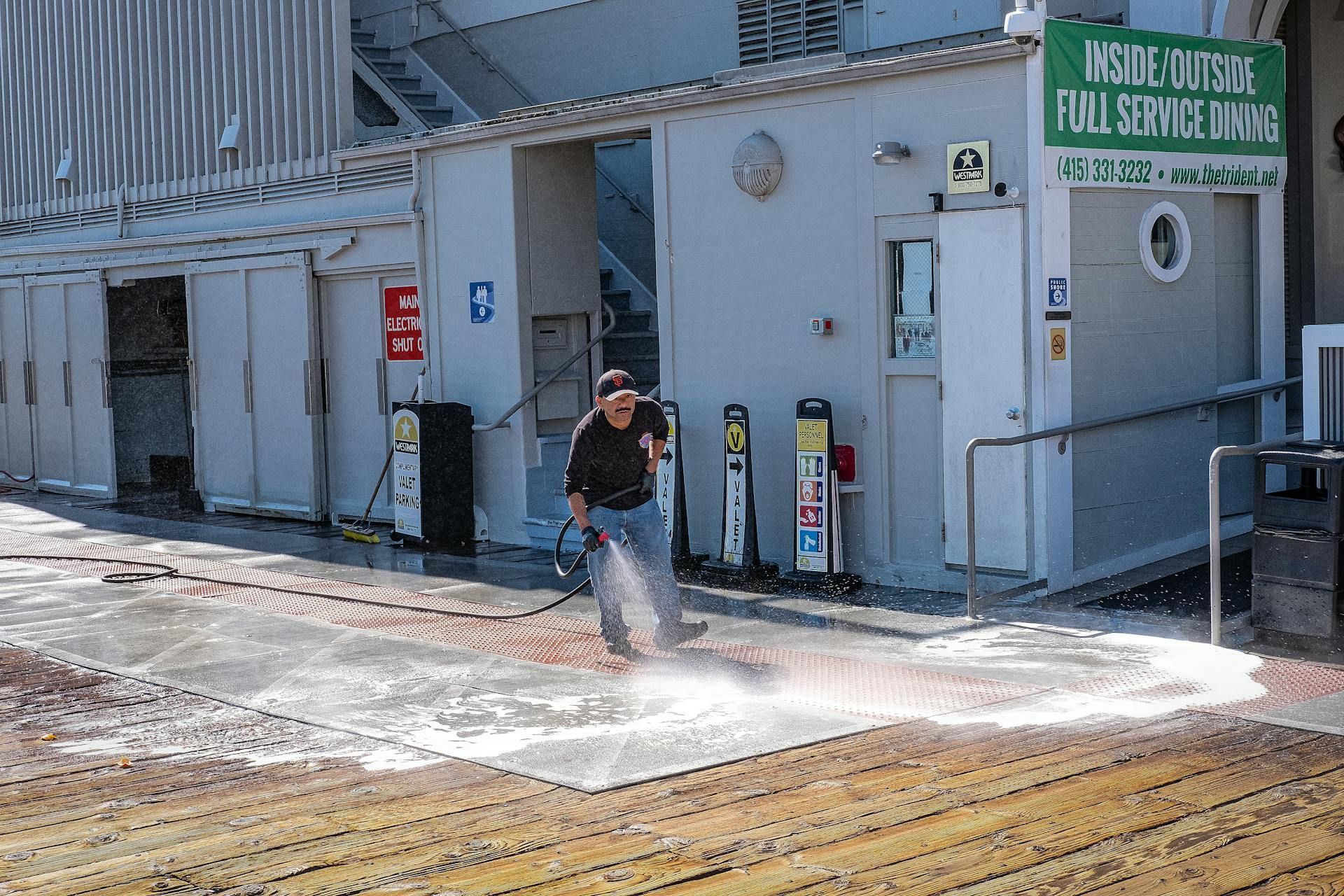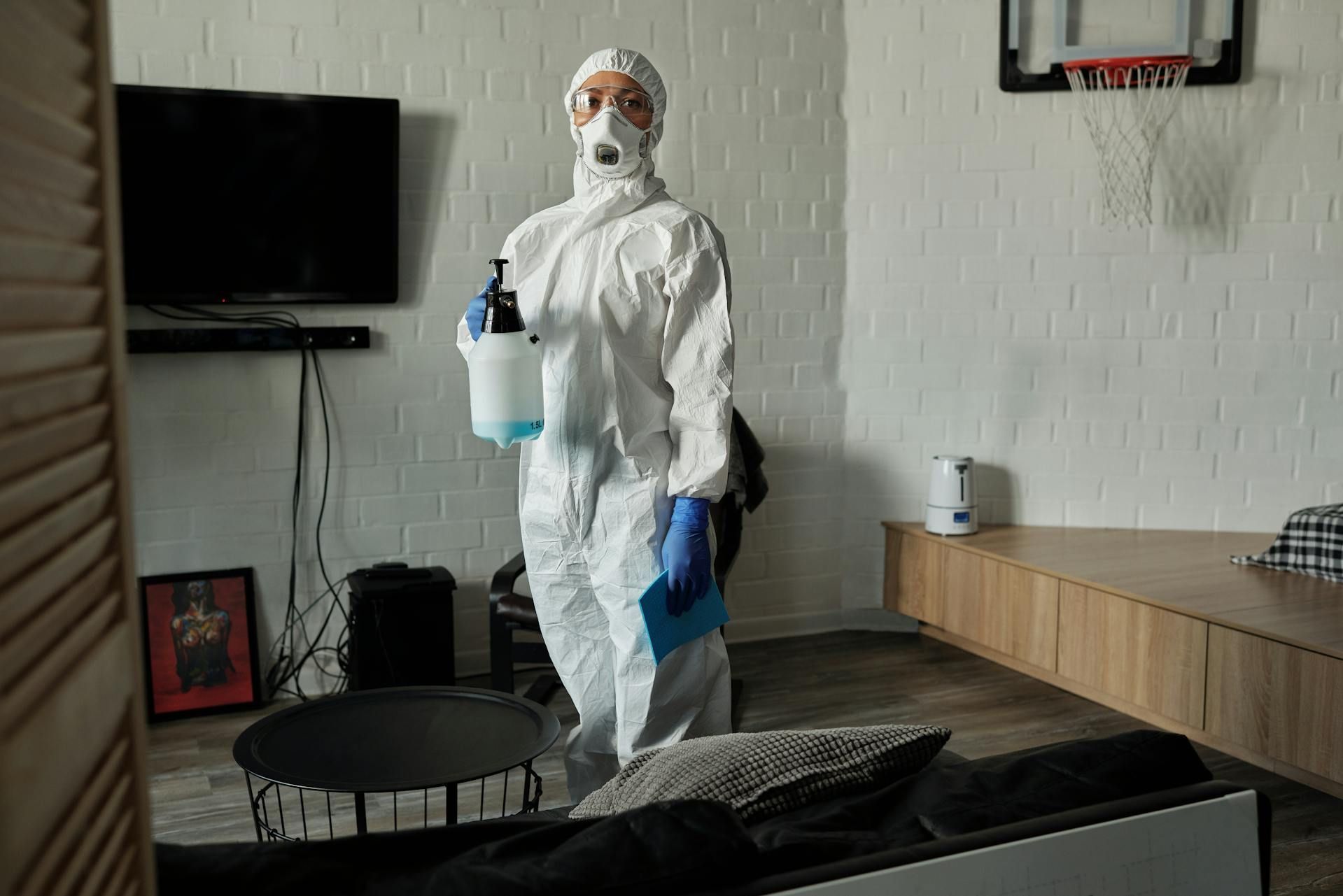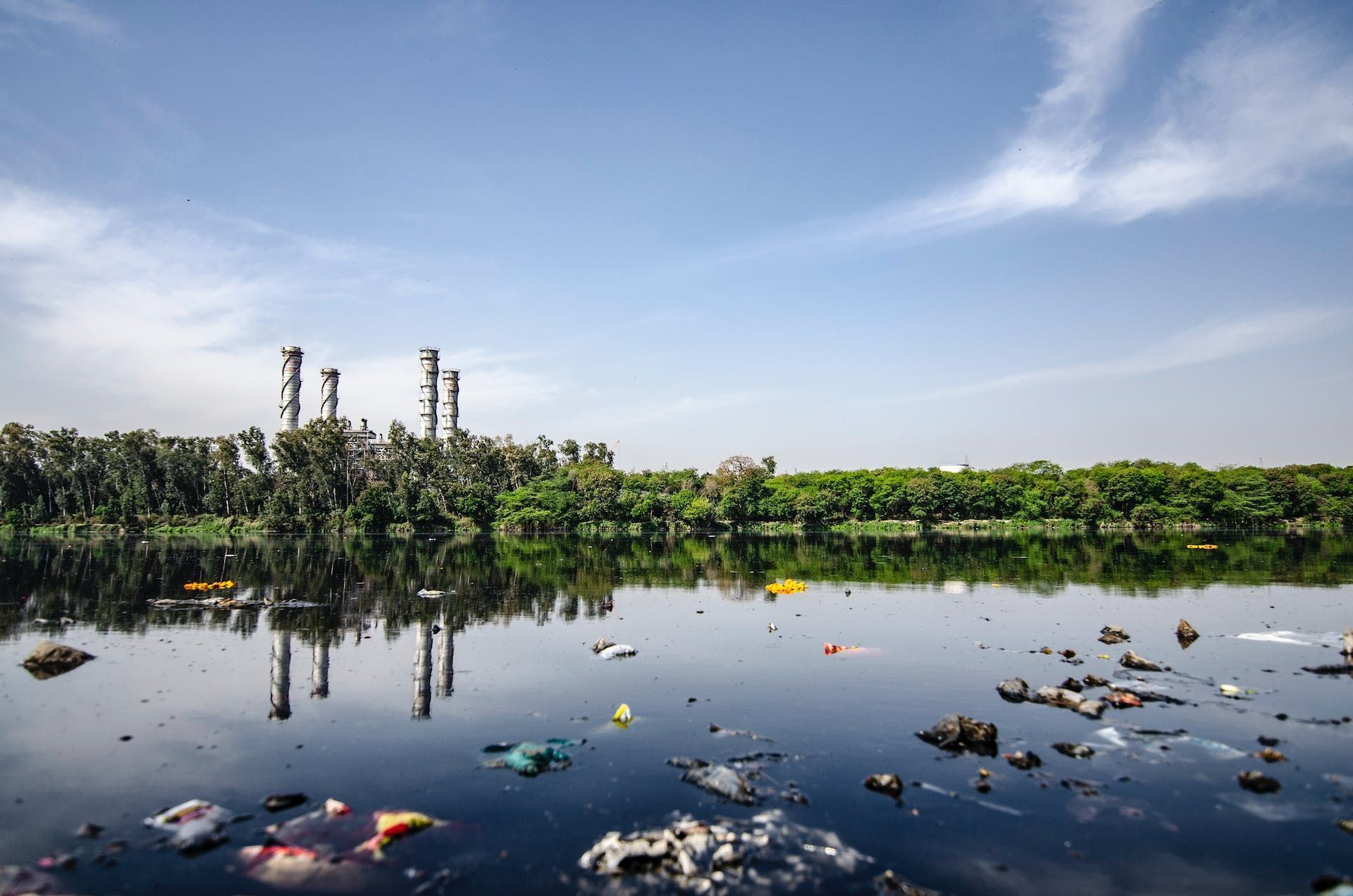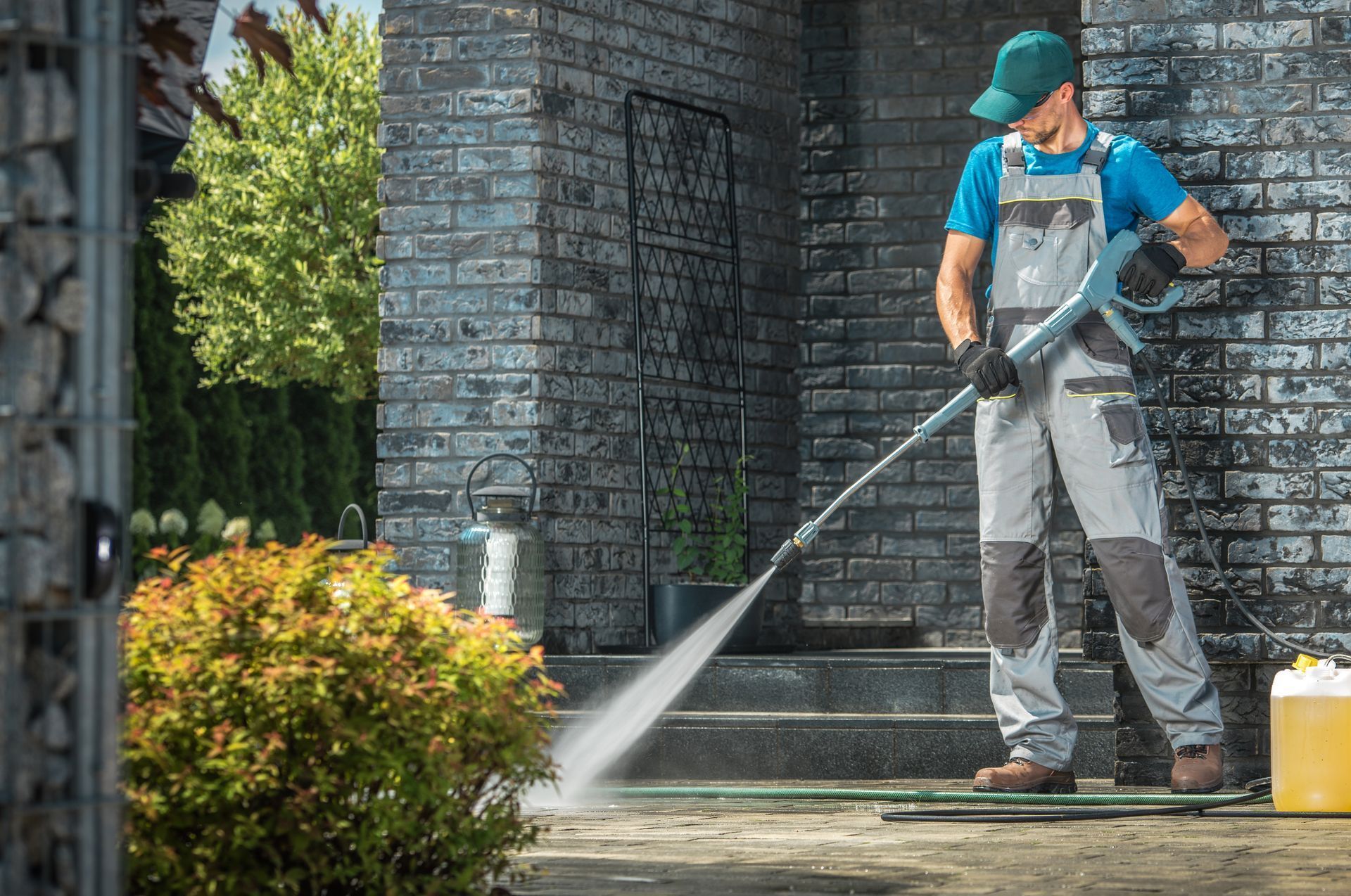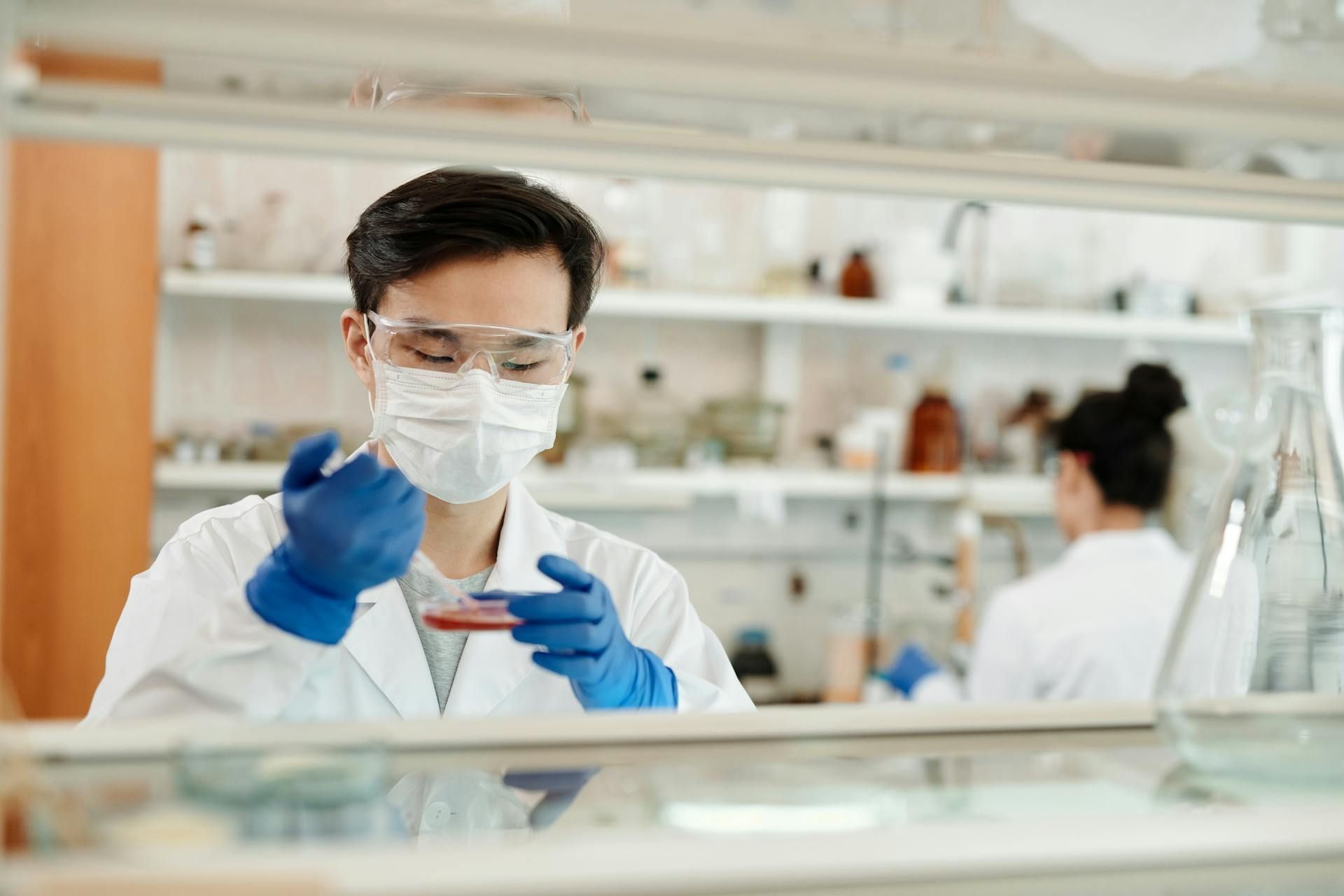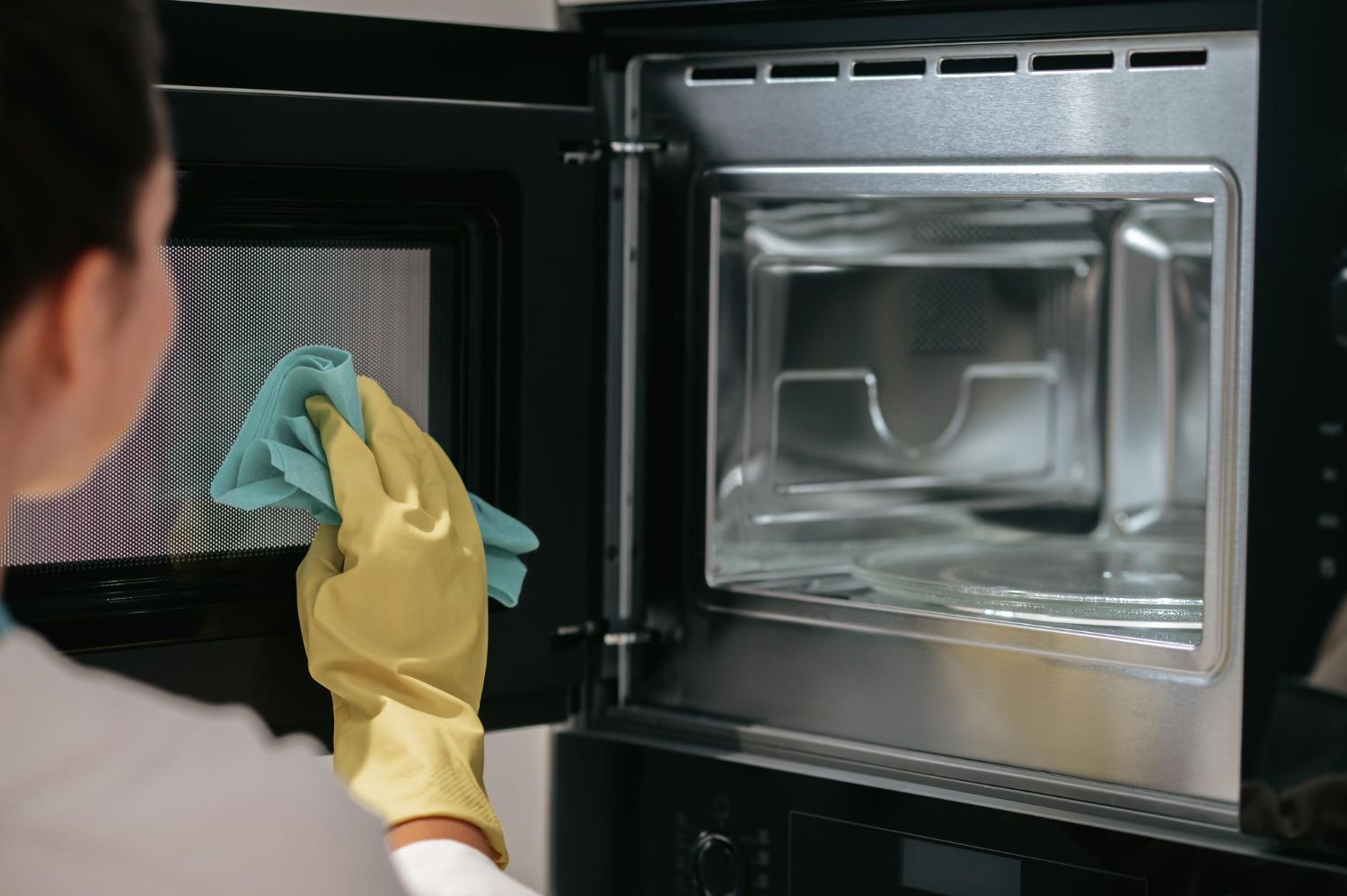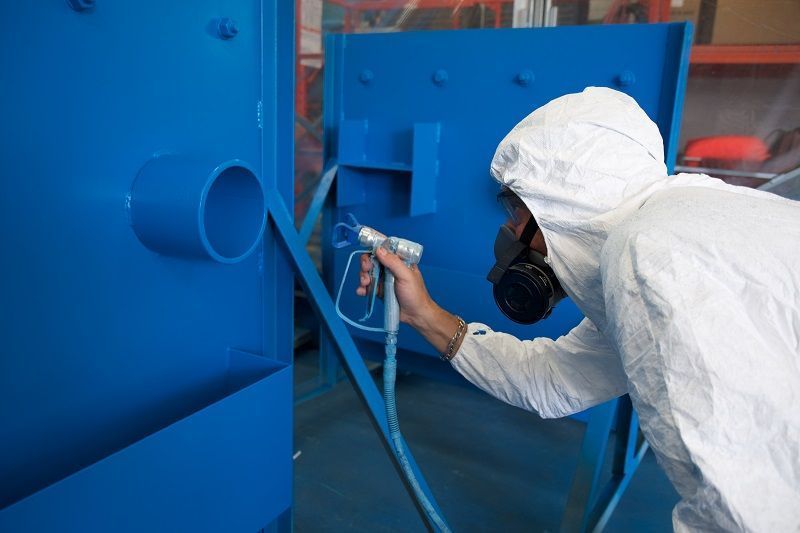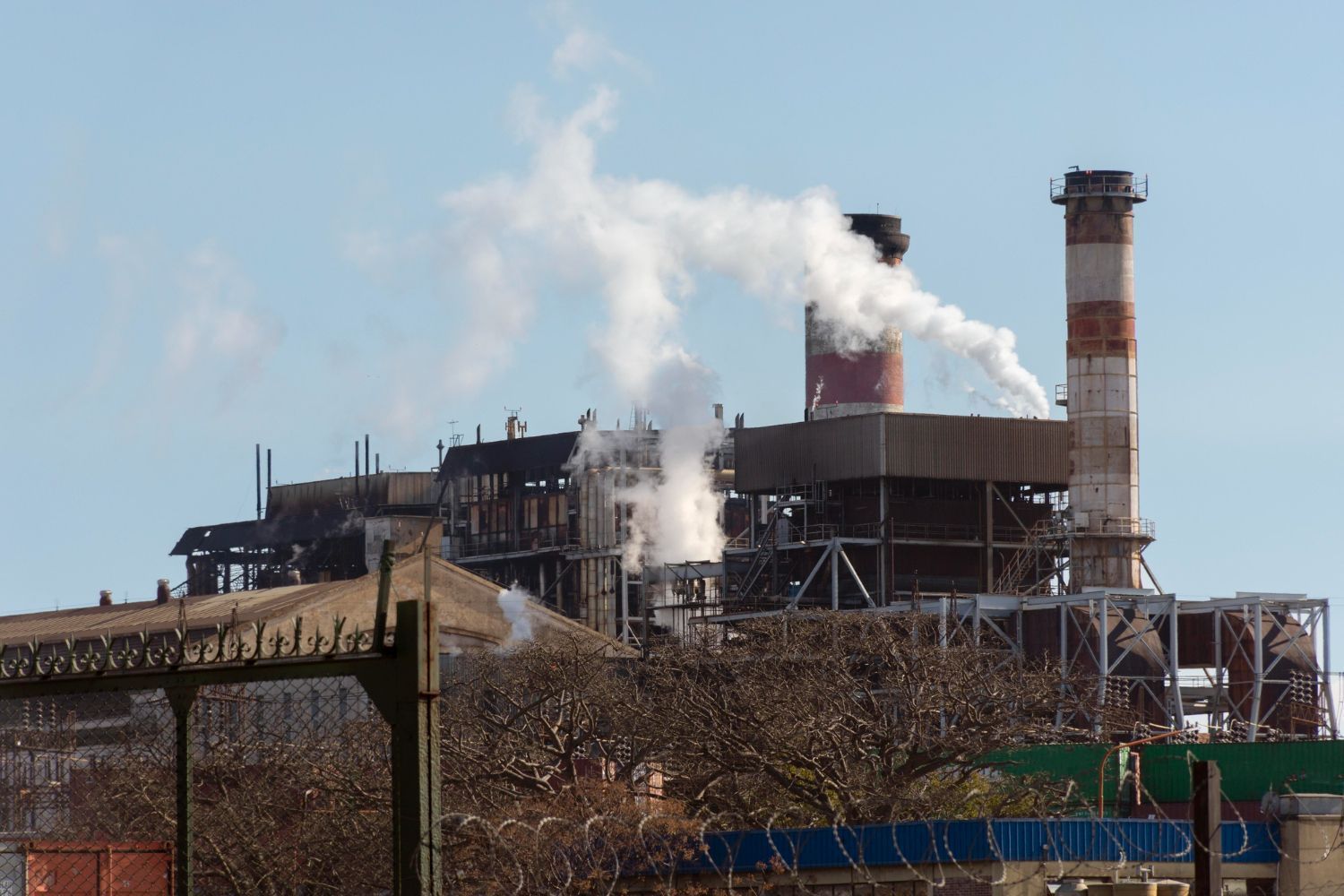Industrial Cleaning Tips For A Safer Workplace
Industrial workplaces can be hazardous environments, with potential risks for accidents and injuries. It is crucial for employers to prioritize safety and cleanliness in order to create a safer work environment for all employees. One key aspect of maintaining safety in industrial settings is implementing thorough and effective cleaning protocols. Here are some industrial cleaning tips to help ensure a safer workplace:
Regularly clean and maintain industrial equipment
First and foremost, regular cleaning of industrial equipment helps to remove dirt, dust, and debris that can build up over time. This build-up can not only cause machinery to operate less efficiently but can also create a hazardous work environment. For example, a buildup of grease on a machine can increase the risk of a fire, while dust accumulation can lead to respiratory issues for employees. By keeping equipment clean, you can reduce these risks and create a safer workplace for all.
Implement a cleaning schedule
Establishing a cleaning schedule and sticking to it is crucial for maintaining a clean and safe workplace. A cleaning schedule is a plan that outlines specific tasks that need to be completed on a regular basis to ensure a clean and safe work environment. By implementing a cleaning schedule, businesses can create a routine that helps prevent the accumulation of dirt and germs, reduces the risk of accidents and injuries, and promotes a positive work culture.
Here are some tips for implementing a cleaning schedule in your workplace:
- Assess the cleaning needs of your workplace: Take note of high-traffic areas, shared spaces, and areas that are prone to messes or spills. Identify the specific cleaning tasks that need to be done on a daily, weekly, and monthly basis.
- Assign responsibilities: Delegate cleaning tasks to specific employees or teams. Ensure that everyone is clear on their responsibilities and expectations.
- Create a cleaning checklist: Develop a checklist that outlines all the cleaning tasks that need to be completed. This will help employees stay organized and on track with their cleaning duties.
- Set a cleaning schedule:
Determine when each cleaning task should be completed. Decide whether tasks should be done before, during, or after business hours to minimize disruption.
- Provide the necessary cleaning supplies: Make sure that employees have access to the appropriate cleaning supplies and equipment needed to complete their tasks effectively.
- Monitor progress: Regularly check in with employees to ensure that cleaning tasks are being completed in a timely and thorough manner. Provide feedback and support as needed.
Use appropriate cleaning products and techniques
Using the right cleaning products for different surfaces and materials is crucial to prevent damage and ensure effective cleaning. For example, using harsh chemical cleaners on delicate surfaces like wood or granite can cause discoloration or damage. It is important to read the labels on cleaning products and follow the manufacturer's instructions to avoid any mishaps.
Additionally, using environmentally friendly cleaning products is not only better for the environment but also for the health of employees. Traditional cleaning products often contain harsh chemicals that can cause respiratory irritation or allergic reactions. Opting for eco-friendly cleaning products helps to create a safer and healthier work environment for everyone.
In addition to using appropriate cleaning products, using the right cleaning techniques is also important. Proper cleaning techniques ensure that surfaces are thoroughly cleaned and sanitized. Some key techniques include:
- Dusting regularly to prevent dust buildup and allergies.
- Vacuuming carpets and upholstery to remove dirt and allergens.
- Mopping floors with a suitable cleaner to remove dirt and grime.
- Disinfecting high-touch surfaces such as doorknobs, light switches, and countertops regularly to prevent the spread of germs.
It is also important to train employees on the proper use of cleaning products and techniques to ensure consistency and effectiveness in cleaning practices. Providing adequate cleaning supplies and equipment also plays a crucial role in maintaining a safe workplace.
Pay attention to high-risk areas
Certain areas of industrial workplaces may pose higher risks for accidents and injuries, such as areas with heavy machinery, sharp objects, or chemicals. These high-risk areas should be given extra attention when cleaning to ensure that they are kept clean and free of hazards.
Here are some key areas to pay attention to in order to keep your workplace safe.
One of the most obvious high-risk areas in any workplace is the use of heavy machinery and equipment. It is crucial to provide proper training to employees operating this equipment, as well as ensuring that all machinery is well-maintained and up to date with safety standards. Making sure there are clear guidelines and protocols in place for using this equipment can significantly reduce the risk of accidents.
Another high-risk area to watch out for is any area where employees are working at heights. Whether it be on scaffolding, ladders, or elevated platforms, falls from heights can result in serious injuries. Providing proper safety equipment such as harnesses and guardrails, as well as training employees on how to use them correctly, can greatly reduce the risk of falls.
Hazardous materials are also a major high-risk area in many workplaces. From chemicals to flammable materials, it is crucial to store these substances properly and provide employees with the necessary training on how to handle them safely. Having clear labeling and proper ventilation in place can also help prevent accidents.
Keeping the workspace clear of clutter and obstacles can help reduce the risk of slips, trips, and falls. It is important to ensure that walkways are clear and well-lit, and that any spills are cleaned up promptly. Providing employees with proper footwear and training on how to navigate the workspace safely can also help prevent accidents in this high-risk area.
Provide proper personal protective equipment (PPE)
In industrial settings, employees may be exposed to hazardous materials or chemicals during the cleaning process. It is essential to provide employees with the appropriate personal protective equipment, such as gloves, goggles, and respirators, to protect them from potential risks. Proper training on the use of PPE and safety protocols is also crucial to ensure that employees are utilizing protective equipment correctly.
Consider hiring professional cleaning services
In some cases, hiring professional industrial cleaning services may be necessary to handle specialized cleaning tasks or to supplement existing cleaning efforts. Professional cleaners have the expertise and equipment needed to effectively clean and sanitize industrial facilities.
Choosing Dean Baughman Industrial Services for your industrial cleaning needs is a smart decision. With our commitment to safety, wide range of services, and dedication to excellence, you can trust that your facility will be in good hands. Contact us today to learn more about how they can help keep your industrial facility clean and safe.
Service Areas
Contact us and find out if we have a team in your area!
Address: Fort Wayne, IN 46825, United States of America Phone: (260) 615-0229
Dean Baughman Industrial Maintenance Services
